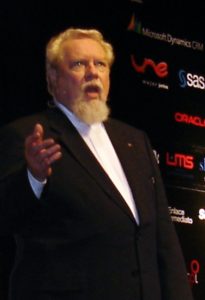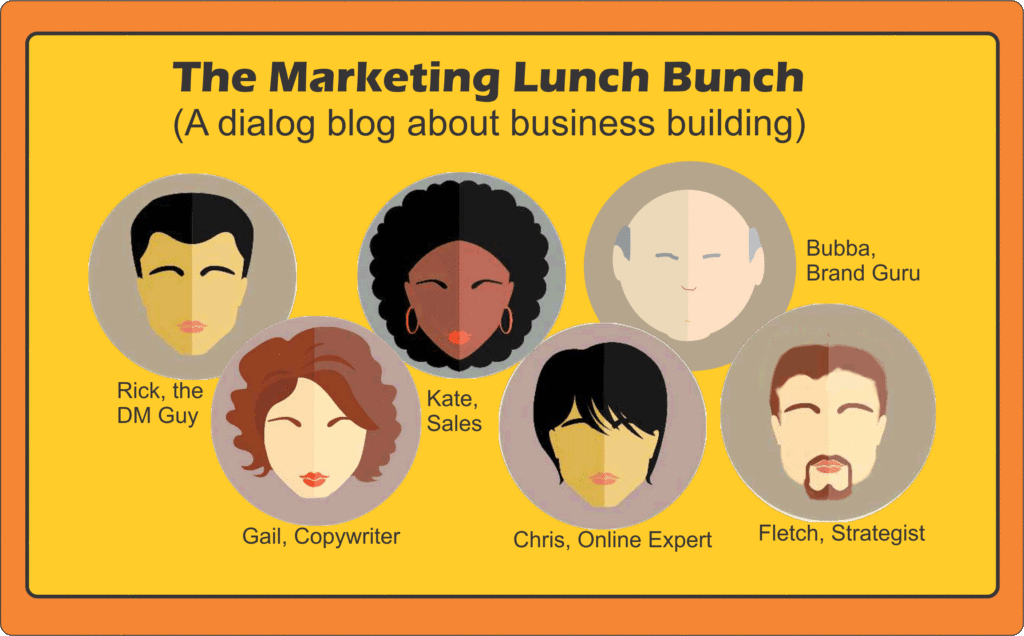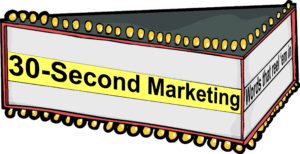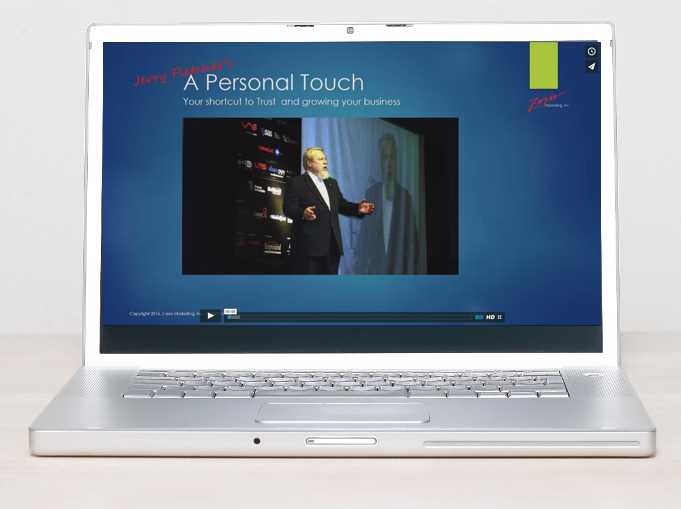 You can’t sell anything if they don’t buy your story.
You can’t sell anything if they don’t buy your story.
You can talk at people until you are blue in the face and it won’t do any good.
You can “logic them” and “feature them” and even “benefit them” but your results will still be negative.
If your Web site or landing page starts with an “I” you are going to lose.
If you don’t make yourself memorable, communicate the problem you solve in their terms, tell them how you do it in their language and explain how to get your help in a couple minutes or less, you lose.
If you don’t make it easy for them every way you can, go back to your day job.
The secret is your story.
It makes no difference whether you are doing e-commerce for a product or a service. The distinction doesn’t matter.
Passion is what matters.
Why are you passionate about this thing you are selling? How did that happen? Want to bet that your experience is similar to other folks that might be interested? Have you watched someone’s eyes as you tell them the concerns you had about it? Have you noticed how they start nodding when you talk about how the change it made in you made you feel about yourself and your family? Have you noticed how you don’t have to sell but rather just take orders.
Your passion plus your story plus a formula.
Imagine you are in a room with a crowd of other folks that are entrepreneurial– consultants, coaches, professionals, guys and gals starting companies and people charged with launching a small company’s new product.
The speaker says:
Target “Are you the one that has to be sure that there is paying business in the pipeline? Do you find yourself looking for another place to network or a trade show to attend just to meet a few new prospects? Are you tired of waiting for leads from your web site or all the social media stuff they told you would work?
And even if it did isn’t that little voice in your ear saying things that make you doubt you’ll ever get this thing off the ground? Makes you feel like a failure that doesn’t take care of his family doesn’t it?
Ever wake up in the middle of the night worried about money to keep the business afloat and to be able to give your kids a college education?
We all know that people do business with people they know, like and trust.
Problem Would you say that your problem is building trust fast enough especially if your budget is zilch?
Guide I know what that’s like. I was the CEO of an ad agency dealing with national and international clients but my board and I agreed to disagree and I went from the corner office, the BMW and the expense account to a makeshift office in a spare bedroom.
I felt rejected. Put out to pasture. Trapped. I was afraid I wouldn’t be able to pay the bills.
I knew that I could help the little guys, the small businesses that couldn’t afford a big agency. I knew I could help them do it without breaking the bank.
First I had to get to trust. I had to find a way to reach them without looking desperate. But I had more bills than money.
I resorted to asking those pearls of contacts I had to help me get some business.
I sent a letter to just 60 golfing buddies. Six responded. Two wished me luck. Two referred me to prospects. And two gave me engagements.
That was in 1990.
I’ve learned a lot along the way. The most important is this:
- What you know is significant
- Who you know is important
- But the single most critical factor in building a business, a career or a life of joy is who trusts you.
You can do what I did.
I can show you how.
It’s called Marketing Without Money.
Would you like to hear more about that?”
 Jerry Fletcher is a beBee ambassador, founder and Grand Poobah of www.BrandBrainTrust.com
Jerry Fletcher is a beBee ambassador, founder and Grand Poobah of www.BrandBrainTrust.com
His consulting practice, founded in 1990, is known for Trust-based Brand development, Positioning and business development on and off-line. He is also a sought-after International Speaker.
Consulting: www.JerryFletcher.com
Speaking: www.NetworkingNinja.com
Get all the Brand Success Stories. Sign up at http://www.brandbraintrust.com/home.html















